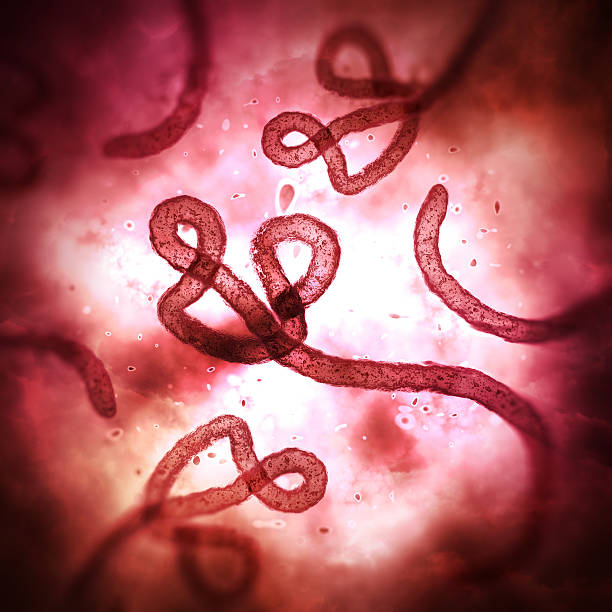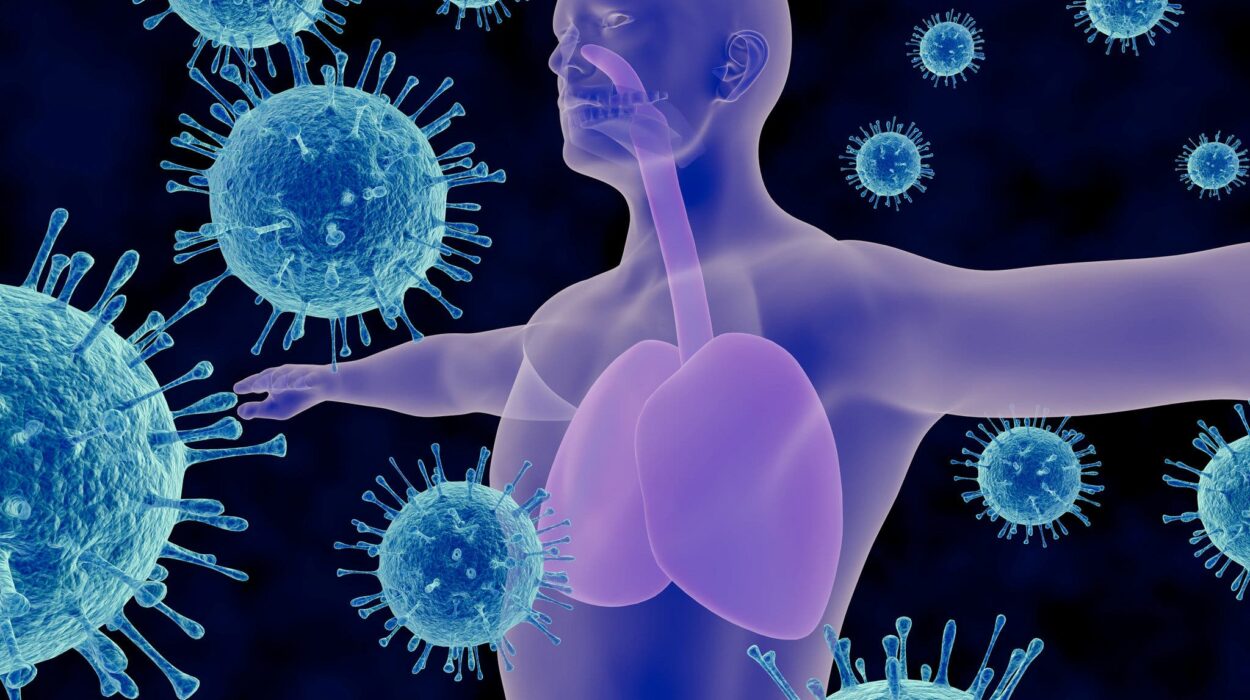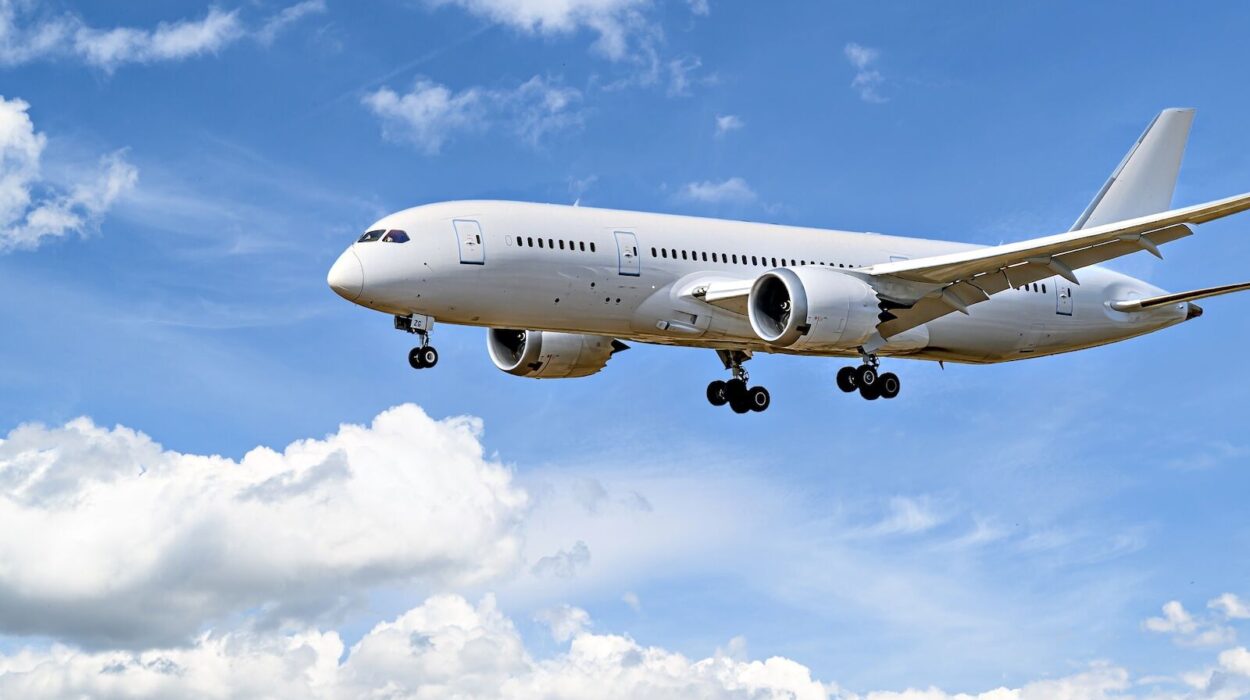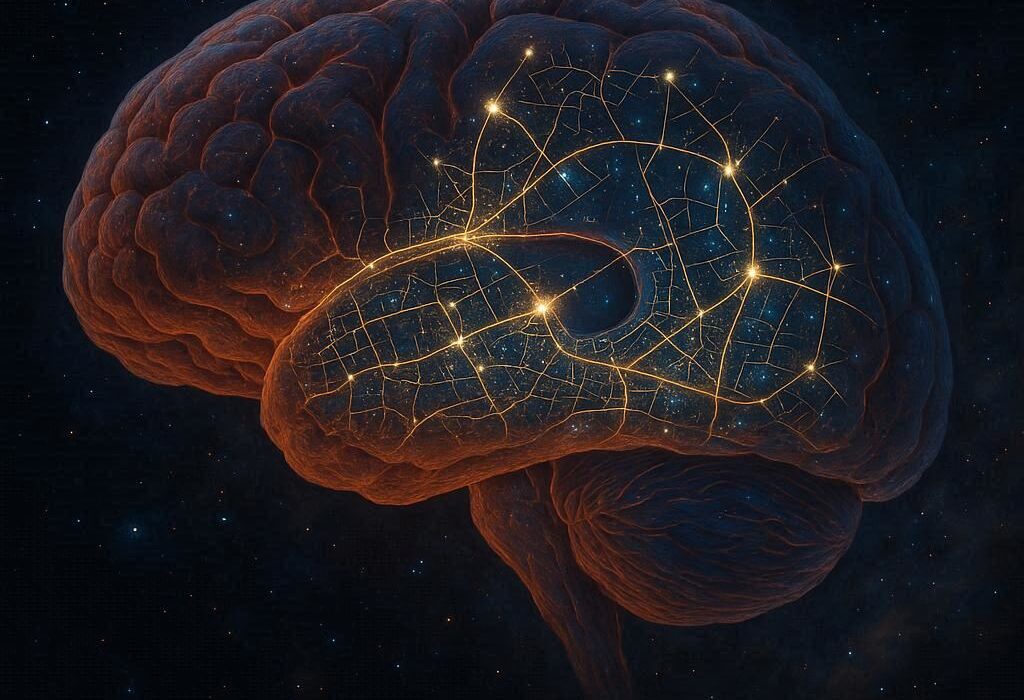Space travel is no longer just the realm of science fiction or the dream of visionaries—it is becoming a reality. Humanity has already taken its first steps beyond Earth: walking on the Moon, sending probes across the solar system, and establishing long-term crews aboard the International Space Station. But what will happen as we venture further, building settlements on Mars, exploring distant worlds, and perhaps one day journeying to other star systems?
Such journeys will not only test our technology but also ourselves. Human beings evolved on Earth, shaped by its gravity, atmosphere, and ecosystems. In space, all those conditions change. Over time, space travel could transform us physically, mentally, and even culturally. Evolution will not stop—it will simply take a new path, one written among the stars.
Here are seventeen ways space travel could profoundly change human evolution.
1. Weakened Bones and Muscles in Low Gravity
On Earth, gravity constantly pulls us downward, and our bodies have adapted to resist it. Our bones are dense, and our muscles are strong enough to keep us upright. In space, however, astronauts float freely, and their muscles and bones no longer bear weight. Prolonged exposure to microgravity leads to muscle atrophy and bone loss, conditions similar to osteoporosis.
Over generations, humans born and raised in low-gravity environments like Mars or space stations might evolve lighter skeletons and weaker musculature. They may appear taller and more fragile compared to Earth-bound humans, resembling delicate figures adapted to life without the heavy burden of gravity.
2. Changes in Circulation and the Human Heart
Gravity influences how blood flows through the body. On Earth, the heart pumps blood upward to the brain against gravity. In space, blood and fluids distribute more evenly, causing “puffy face syndrome” and sometimes leading to increased pressure in the head and eyes.
If humans live for centuries in low gravity, natural selection could favor hearts that are smaller and less muscular, since they would not need to fight against Earth’s gravitational pull. Our circulatory systems might become more efficient at distributing fluids evenly throughout the body.
3. Altered Vision and Eye Structure
Many astronauts returning from long stays in space report vision problems. This condition, known as spaceflight-associated neuro-ocular syndrome (SANS), results from fluid shifting toward the head, putting pressure on the eyes. Over time, it flattens the eyeballs, causing farsightedness.
In future spacefaring populations, humans might evolve differently shaped eyes or more resilient ocular structures. Our descendants may see differently than we do today, their vision adapted to the unique pressures of life beyond Earth.
4. New Skin Adaptations Against Cosmic Radiation
Earth’s magnetic field and thick atmosphere shield us from much of the Sun’s harmful radiation. In space, astronauts are exposed to higher doses of cosmic rays and solar radiation, which increase cancer risks and damage DNA.
If humanity spends centuries colonizing space, skin may evolve to be thicker, more resistant, or even differently pigmented to shield against radiation. Just as people on Earth evolved different skin tones based on sunlight exposure, space settlers may evolve entirely new hues, perhaps darker or with novel pigments to block radiation more effectively.
5. Changes in Reproduction and Childbirth
One of the greatest unknowns about space colonization is reproduction. How will pregnancy and childbirth work in low gravity? On Earth, embryos develop under the constant pull of gravity, which influences cell growth, organ formation, and even orientation of the body. In space, this process could be very different.
If humans adapt to reproduce in low gravity, we may evolve altered reproductive systems. Pelvic structures could change, and babies born in space might develop unique skeletal proportions. These adaptations could, over time, create a clear distinction between “Earth humans” and “space humans.”
6. Evolution Toward Taller, Slender Bodies
Studies suggest that astronauts often “grow” a few centimeters taller in space because their spines stretch out without gravity compressing them. If humans lived permanently in low gravity, this effect could become permanent. Over many generations, spacefaring humans might evolve taller, thinner bodies with elongated limbs, resembling science fiction depictions of extraterrestrials.
Meanwhile, humans who remain on Earth might retain their more compact, muscular builds. This divergence could eventually make the two groups look like different species altogether.
7. Enhanced Immune Systems in New Environments
Space presents new threats to the human immune system. Astronauts often experience weakened immunity, making them more vulnerable to infections. At the same time, exposure to new cosmic environments may introduce microbes unlike any found on Earth.
Over time, humans living in space could evolve stronger immune systems, capable of fighting off a broader range of pathogens. Alternatively, they might co-evolve with entirely new microbiomes, forming symbiotic relationships with microbes that thrive in extraterrestrial habitats.
8. Genetic Mutations Driven by Cosmic Radiation
Radiation in space is not just a danger—it is also a driver of evolution. On Earth, DNA mutations from cosmic rays are rare thanks to our protective atmosphere. But in space, the rate of mutation may increase dramatically.
This could accelerate human evolution, creating new traits more rapidly than on Earth. Some mutations would be harmful, but others might grant advantages, such as resistance to radiation damage. Over thousands of years, radiation could act as a powerful evolutionary force, reshaping the human genome.
9. Changes in the Human Brain and Cognition
Life in space demands different mental skills than life on Earth. Space travelers must navigate three-dimensional environments without a natural sense of up or down. They must deal with isolation, confined living, and high-stress problem solving.
As humans adapt, our brains may evolve differently. Space-born humans could develop stronger spatial awareness, heightened problem-solving abilities, or altered sleep and circadian rhythms. Psychological resilience may also become an inherited trait, favoring those who can remain calm under cosmic pressures.
10. Evolution Toward Oxygen Efficiency
On Earth, we take for granted the abundance of oxygen in the atmosphere. In space habitats or on Mars, oxygen will always be a carefully managed resource. Over generations, humans may evolve to use oxygen more efficiently, much like populations living at high altitudes on Earth have adapted to thinner air.
This could mean larger lung capacities, higher red blood cell counts, or metabolic changes that reduce oxygen demand. Eventually, space-adapted humans might thrive on lower oxygen levels that Earth dwellers would find unbearable.
11. Altered Sense of Time and Circadian Rhythms
Our biological clocks are tuned to Earth’s 24-hour day and seasonal cycles. In space, especially on planets with different day lengths like Mars (24.6 hours) or in orbital habitats where artificial light cycles dominate, circadian rhythms will shift.
Over many generations, humans may evolve new internal clocks that match their environments. Space settlers might sleep in shorter cycles, or their bodies may become less dependent on sunlight for regulating hormones. This would represent a fundamental change in how we experience time itself.
12. Divergence Between Earth and Space Populations
As humans spread into space, isolated populations will adapt to their specific environments. Those living on Mars, the Moon, orbital stations, or even interstellar ships will face different selective pressures.
Over thousands of years, these groups could diverge genetically, physically, and culturally. Martian humans may be tall and radiation-resistant, while orbital humans may be slender and oxygen-efficient. Eventually, Earth humans and space humans might become so distinct they could be considered entirely separate species.
13. New Cognitive and Sensory Abilities
Evolution could also grant humans entirely new abilities. In dark environments, humans might evolve enhanced night vision or new ways of perceiving radiation. Spacefarers could develop more acute hearing or tactile sensitivity to compensate for limited sensory input.
Some scientists speculate that humans in space could even evolve new ways of thinking—multi-dimensional problem solving, for example—driven by the unique demands of navigating space environments. Evolution has already granted humans extraordinary cognitive leaps in the past, and space may inspire the next.
14. Psychological Evolution for Life in Isolation
Life in space means living in confined habitats, far from Earth, with limited social contact. Over time, humans may evolve psychological traits that make such environments more bearable. Natural selection might favor individuals who are more cooperative, emotionally stable, and less prone to loneliness or depression.
Such traits could become more pronounced over generations, creating humans who are naturally more resilient, patient, and adaptable than their Earthly ancestors.
15. Cultural and Technological Co-Evolution
Human evolution is not just biological—it is also cultural. Space travel will force us to develop new technologies, lifestyles, and belief systems. Over time, these cultural adaptations may shape biology itself.
For example, reliance on advanced medical technology might reduce natural selection against certain genetic traits, while the use of gene editing could accelerate intentional evolution. Entire new cultural norms—about family, reproduction, survival, and identity—will arise, influencing how future humans live and evolve.
16. Directed Evolution Through Genetic Engineering
Unlike past evolution, which was shaped largely by natural selection, spacefaring humans may deliberately direct their own evolution. Using tools like CRISPR and advanced biotechnology, we may engineer ourselves to better survive in harsh environments.
We might edit genes for radiation resistance, bone density, or oxygen efficiency. Over generations, these modifications could create entirely new types of humans—engineered for survival among the stars. Evolution, in this sense, would no longer be entirely natural but guided by human intelligence.
17. The Birth of Multiple Human Species Across the Cosmos
Ultimately, space travel could lead to the greatest evolutionary change of all: the diversification of humanity into multiple species. Just as Homo sapiens once shared Earth with Neanderthals and Denisovans, the future could see “Homo martianus,” “Homo orbitalis,” or even “Homo stellaris”—humans uniquely adapted to life in different parts of the cosmos.
These new human species may differ in body shape, metabolism, and even cognition. Over millions of years, they may become so distinct that interbreeding is no longer possible. Humanity’s legacy may not be one species but many, scattered across the stars.
Conclusion
Space travel will not only expand our horizons—it will transform what it means to be human. From changes in bones and vision to the evolution of new species, life among the stars will push our biology and culture in directions we can only begin to imagine.
The journey will be challenging, dangerous, and uncertain. Yet it will also be a continuation of the story of evolution—a story that began in the oceans of Earth and now stretches into the cosmos.
As we look toward Mars, the Moon, and beyond, one truth becomes clear: humanity is still evolving, and the stars may hold the next chapter in our evolutionary journey.






